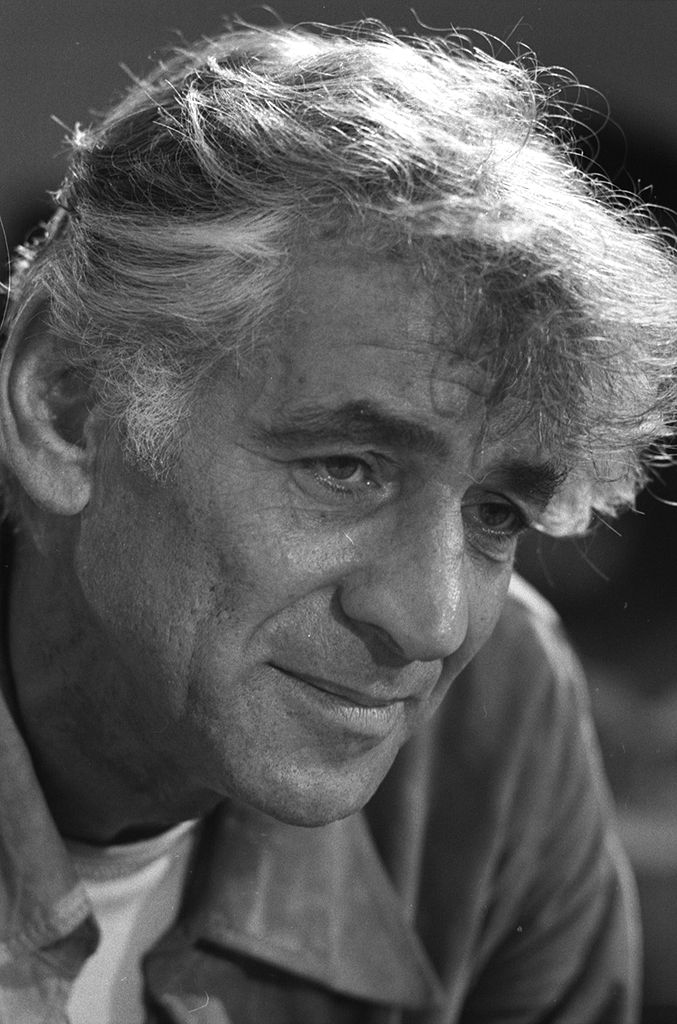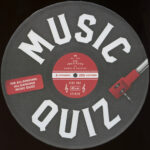In addition to being one of the most important conductors of the 20th century, Leonard Bernstein was a charismatic individual who cared deeply about telling the story of music in general and classical music in particular.

Perhaps his highest profile undertaking was a long series of television programs aimed at kids. The series, according to Wikipedia, was long standing before Bernstein’s involvement and continued after he left. The concerts trace their roots all the way back to 1895 and still exist in various forms. There also is a parallel series aimed at very young children.
Bernstein, of course, is by far the person most closely associated with the Young People’s Concerts series. That’s largely because he did such a great job. The close association also was because he arrived when television blossomed. Indeed, Wikipedia says that his first performance as musical director of the Philharmonic, in January, 1958, was one of these programs. It also was the first to be televised.
Wikipedia suggests that the programs were CBS’s response to FCC Chairman Newton Minow’s assessment that children’s television was “a vast wasteland.” (A funny side note is that the CBS trolled Minow by naming the boat in “Gilligan’s Island” the S.S. Minow.)
The video above, “What is a Melody?,” aired on December 21, 1962. What stands out is how well Bernstein communicates. It’s noteworthy that he doesn’t pander to the children. Indeed, he could have been addressing an adult audience.
It certainly was a different age. Would kids today pay attention for the entire presentation? Perhaps not. It’s also fair to ask how many kids in that audience were bored and only sat quietly because that was the expectation. Which is better — catering to kids or forcing them to sit quietly until the grownup on stage is done — is not an easy question to answer.
The 53 episodes hosted by Bernstein, which were released in the 2000s on DVD, ran from early 1958 to the spring of 1972. It is interesting that the program above, which was the 21st, was not offered earlier in the series. After all, defining and classifying melodies seems like a building block that would fit with the first five episodes, which discussed music, American music, orchestration, symphonic music and classical music.
The Daily Music Break has posted previously on Bernstein and he appears in clips embedded in posts about various composers. The video above starts with an interesting 1960s view of what now is named David Geffen Hall at Lincoln Center, one of the crown jewels of New York City.











Recent Comments